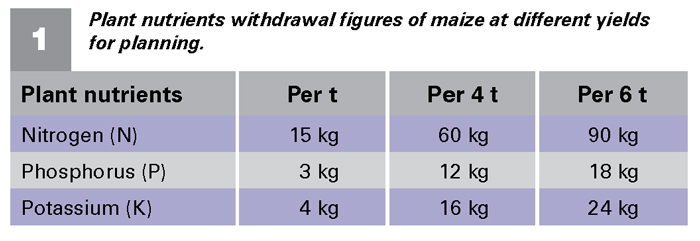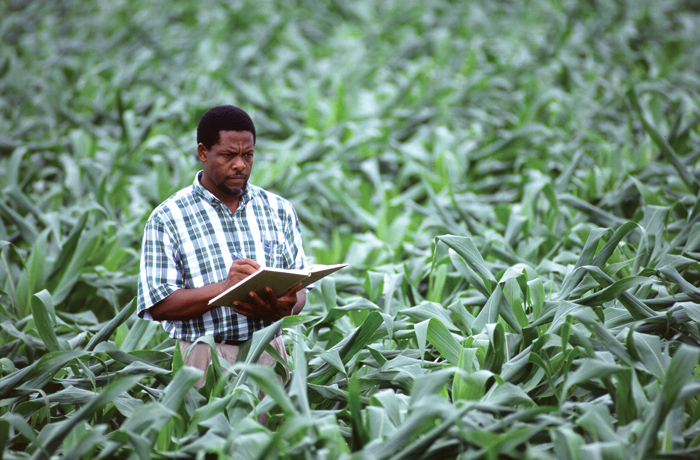February 2022
| PIETMAN BOTHA, INDEPENDENT AGRI- CULTURAL CONSULTANT |
 |
Planning is the process of looking ahead. It is actually ‘farming on paper’ as you plan the future of your farming operation on paper to see the results that can be attained.
If you are not satisfied with your current situation and results, doing the same thing will not necessarily change your situation. Planning for the next season must therefore start with the question: Why am I doing what I am doing and can it be done better? Unfortunately there is not a direct answer. If you compare your answer with what realised you will be able to decide whether you are on the correct track or need to rethink your methods.
MAKE THE DECISION
The decision of what to produce will be determined by:
Realistic potential of the different crops is determined by the potential of the different fields as well as what was done last season that worked and that did not work. Each field needs to be planned according to the crop and the potential, and what was planted on the field, the herbicide that was used and which crops can be planted.
The decision on crop rotation needs to be made. This is important to be able to calculate how much money is going to be needed to be able to produce the following year’s crop. This is very important because the money must be available before the production season begins. Production starts in July with the first field dissing, taking of soil samples and the application of lime.
Many producers will say it is impossible but winning producers do it this way every year. They are always on time, have the best yields and usually also have the highest profitability.
COST OF INPUTS
Winning producers draw up a detailed crop budget including everything that is needed to produce a crop. There are norms that they use to calculate the cost of the inputs used.
Seed cost for the maize and other crops is easy to determine. Seed representatives can be contacted to assist in determining the cultivar planted, population per hectare and cost.
Fertiliser cost is more difficult to calculate but not impossible. The Fertiliser Association of Southern Africa (FERTASA) on a regular basis publish the fertiliser withdrawal figures per crop. Visit their website, www.fertasa.co.za for more information. The plant nutrients withdrawal figures of maize (kg/t grain) is shown in Table 1.
 With this information, consult your fertiliser representative to assist in calculating the fertiliser needed as well as the cost. Concerning lime, a rule of thumb is 1 t/ha per year. Discuss this with your fertiliser representative as well.
With this information, consult your fertiliser representative to assist in calculating the fertiliser needed as well as the cost. Concerning lime, a rule of thumb is 1 t/ha per year. Discuss this with your fertiliser representative as well.
Your herbicide and pesticide programme will differ according to the type of maize planted. If a Roundup Ready stack gene cultivar is planted, the programme will differ from a standard cultivar. Once you have decided on which cultivar to plant, invite your herbicide representative to visit your field to help you decide on a herbicide and pesticide programme. With his help you will be able to have a good indication of the cost of such a programme.
The diesel and repair works can also be fairly accurately calculated. As a rule of thumb, for conventional production practises 75 litres of diesel will be used. If you have your own diesel consumption figures use it. Use the current fuel price and you will be close to the actual cost. There is always a comparison between diesel cost and repair and maintenance cost.
If producers use their own fuel cost and add an extra 10% it will be close to their repairs and maintenance cost needed. Other costs like hedging and contract work insurance should also be included.
The difference between income and the direct allocatable costs is the crop gross margin. Remember if the gross margin is negative the chance that the crop will be profitable, is most unlikely. Revisit the costs and make some adjustments.

Publication: February 2022
Section: Pula/Imvula